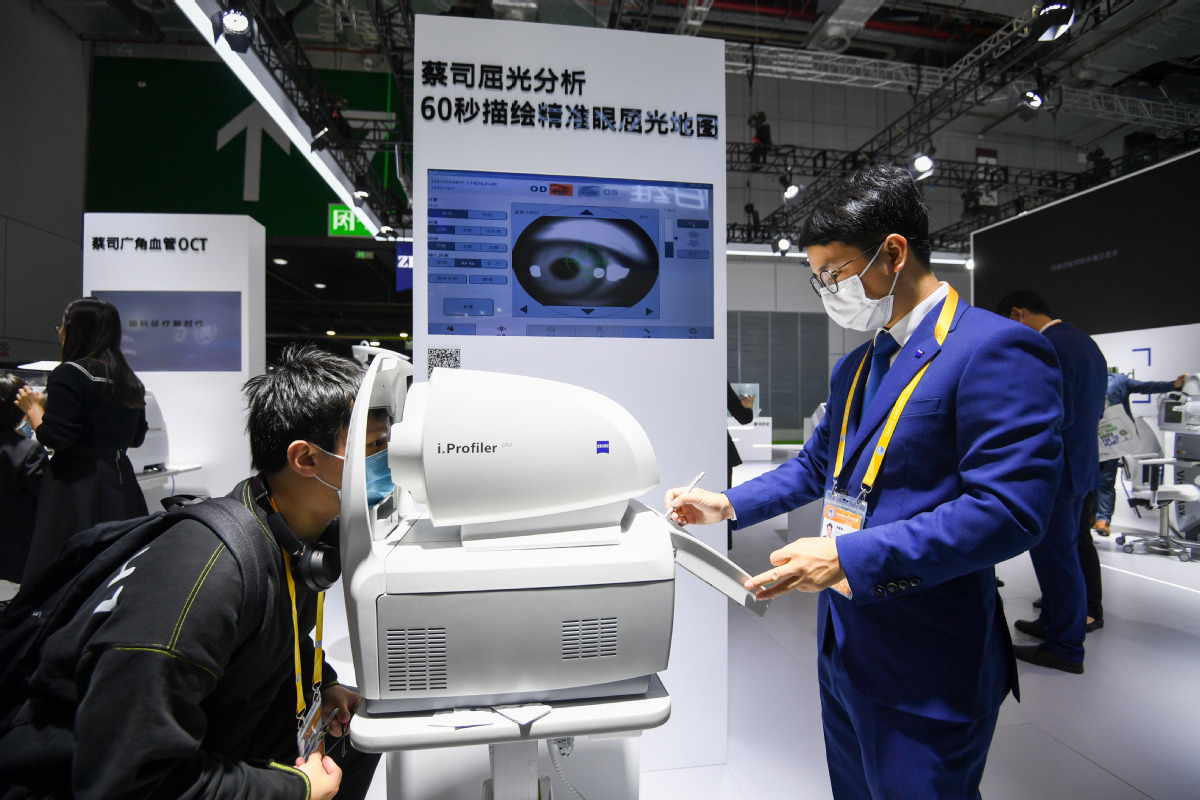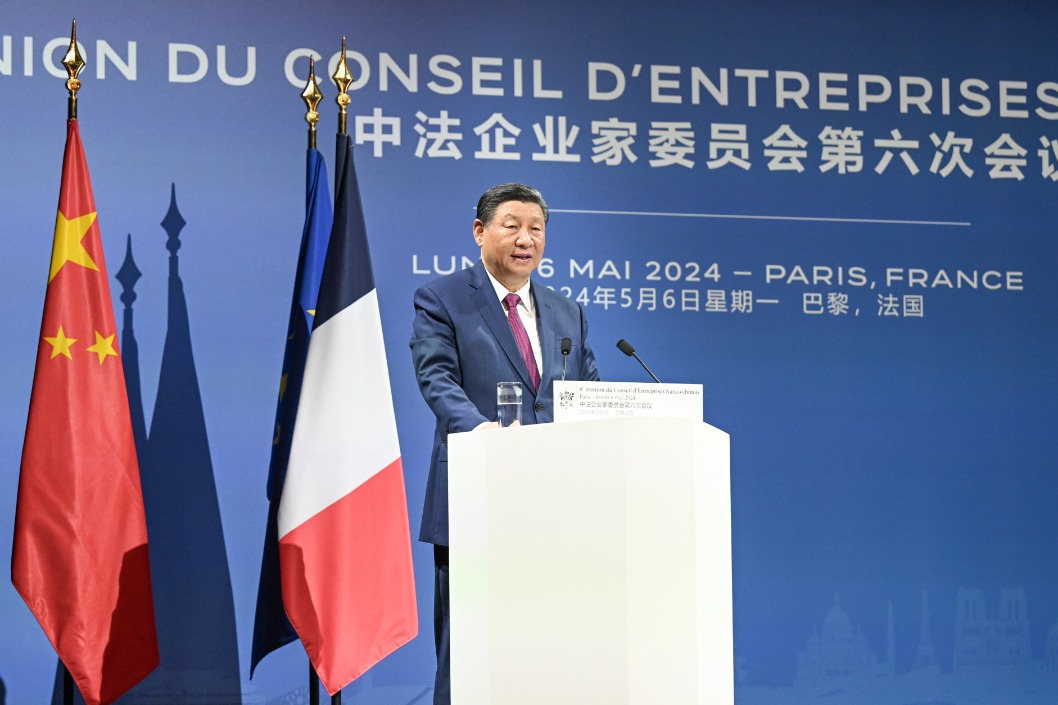Zeiss to tap aging society with eye care products
By ZHU WENQIAN | China Daily | Updated: 2021-06-02 09:46

Zeiss Group, a German optics company, said the phenomenon of China's aging society is a "megatrend" that embeds some growth opportunities in eye care, a niche where its products and solutions command a sizable market share.
As people age, they often face eye problems like presbyopia and cataracts, which require eye care products and solutions that Zeiss specializes in.
There are 264.02 million Chinese aged 60 and above. They constitute nearly 19 percent of the total population, up 5.44 percentage points from the level seen in 2010, according to China's seventh national census released on May 11.
Presbyopia, which is not a disease but a natural change, has become more common among Chinese. It occurs in people around age 40 to 45 and can continue. In China, 92 percent of those aged 40 and above have vision difficulties, according to data from Ipsos, a global marketing research institute.
"The elderly generation in China is increasingly willing to invest in themselves. From a company's economic standpoint, this is a big driver of our business moving forward, and it will make the eye care segment an attractive part for us," said Maximilian Foerst, president and managing director of Zeiss China, the local subsidiary of the German parent.
"China is becoming a second home for Zeiss, and this has accelerated since the COVID-19 pandemic. Sales in China now represent close to 16 percent of our global revenues. In the next 15 to 20 years, the eye care segment in China would become a major driver of the company's business," he said.
Zeiss said it is probably the only company that offers a comprehensive range of solutions for presbyopia, including spectacle lenses, laser vision correction and intraocular lens technologies.
Its trifocal lenses can also solve increasing eye problems like cataracts and high myopia. Together with patients, doctors can decide on the best solutions for them.
Foerst said Zeiss has invested a lot in China, an extremely important market for the company. In the past decade, Zeiss has seen strong growth in China, and it is transferring more value chains to the country.
"We have established our second research and development center outside of Germany in China, and we are expanding our R&D capabilities in China to tailor our solutions to the needs of the Chinese industry," Foerst said.
On May 21, China launched its first presbyopia surgery center at Beijing Tongren Hospital, a major healthcare facility. The center is expected to help more people overcome or cope with elderly vision problems and have better vision.
"China is going to see a plateau, instead of a peak, of the aging society. For a long period of time, the aging population is expected to account for one-third of the total population in the country," said Li Jia, deputy director of the Research Center of Aging Society at Pangoal, a public policy think tank in Beijing.
"The new generation of elderly Chinese have higher income and many of them are well-educated. They have shown an increasing health awareness and high expectations of life quality," he said.
























